What is High-gain 2.4 GHz to 10.5 GHz UWB PCB Antenna?
The High-gain 2.4 GHz to 10.5 GHz UWB PCB Antenna style CTRF-ANTENNA-PCB-24105-5050-SMAK antenna item is an internal antenna with a 2.4 GHz to 10.5 GHz Ultra-wideband antenna UWB PCB antenna manufactured by C&T RF Antennas Inc.
The High-gain 2.4 GHz to 10.5 GHz UWB PCB Antenna comes with a 50x50mm square PCB board size, 6/8dBi high gain antenna, and SMA-K connector, with a 2.4 GHz to 10.5 GHz UWB PCB antenna for Ultra-wideband wireless applications.
Besides the High-gain 2.4 GHz to 10.5 GHz UWB PCB Antenna, C&T RF Antennas Inc provides other same sizes 50x50mm and SMA female connector UWB PCB antennas for your choice.
2.4-10.5GHz UWB Microstrip Patch Antenna
UWB Patch Antenna High-performance 2.4-10.5G Antenna
2.4-10.5GHz Ultra-Wideband Antenna For Wireless Applications
2.8 GHz to 10.5 GHz Antenna UWB PCB Antenna
The High-gain 2.4 GHz to 10.5 GHz UWB PCB Antenna UWB Microstrip Patch Antenna is supplied by C&T RF Antennas Inc, the professional UWB omnidirectional antenna and directional UWB antenna manufacturer in China.
We provide the RF wireless antenna with many antenna types such as Through-hole Mount Antennas, Magnetic Mount Antennas, Rubber Duck Antennas, Fiberglass Antennas, PCB Antennas, FPC Antennas, Spring Coil Antennas, Sector Antennas, Yagi antennas, etc.
C&T RF Antennas Inc provides the indoor-outdoor antenna with many antenna frequencies such as Cellular, 6G, 5G, 4G, 3G, NB-IoT, GNSS, GPS, Dual-band Wifi, 5.8 GHz, 2.4 GHz, 169MHz, 230MHz, 315MHz, 433MHz, 868MHz, 915MHz LoRa, UWB, RFID, ADS-B, etc.
Contact us for more High-gain 2.4 GHz to 10.5 GHz UWB PCB Antenna UWB Microstrip Patch Antenna details such as 2.4-10.5GHz UWB Patch Antenna datasheet, 2.4-10.5GHz UWB PCB Antenna pricing, 2.4-10.5GHz UWB PCB Antenna inventory, or other UWB PCB Antenna styles.
High-gain 2.4 GHz to 10.5 GHz UWB PCB Antenna Specifications
High-gain 2.4 GHz to 10.5 GHz UWB PCB Antenna Electrical Specifications | |
| RF Antenna Type | PCB Antenna |
| Model | CTRF-ANTENNA-PCB-24105-5050-SMAK |
| Frequency Center | 2400-10500 MHz |
| Gain | 6/8dBi |
| VSWR | ≤3.0 |
| Impedance | 50 Ω |
| Polarization | Verticle |
| Directional | Omnidirectional |
| Connector | SMA Female |
| Max Power | 20W |
| Lightning Protection | DC-Ground |
High-gain 2.4 GHz to 10.5 GHz UWB PCB Antenna Mechanical Specifications | |
| Dimension | 50x50mm |
| Weight | Approx. 10g |
| Radome Material | Printed Circuit Board |
| Operation Temperature | -20˚C ~ +80˚C |
| Storage Temperature | -40˚C ~ +85˚C |
| Color | Green |
| Antenna Design | Dipole Array |
| Mounting | SMA Female Connector |
| SafetyEmission and other | RoHS Compliant |
| Applications | ISM/LoRa/IoT/M2M, Wifi, GPS, 4G LTE 5G NR 6G, 7G, etc. |
(1) UWB vs IEEE802.11a
IEEE802.11a is one of the wireless LAN standards specified by IEE, with a physical layer rate of 54Mbps and transmission layer rate of 25Mbps, its communication distance may reach 100M, while the communication distance of UWB is about 10M.
In the short distance range (such as 10M), UWB can reach thousands of megabytes, which is several dozens of times IEEE802.11a; beyond this distance range (i.e., more than 10M), the performance of UWB is much worse due to the limited transmitting power of UWB (the effective distance of current products has been extended to about 20M).
(2) Bluetooth vs UWB
Bluetooth transmission distance of 10cm-10m, it uses 2.4GHz band and FM, frequency hopping technology, the rate of 1Mbps. from the technical parameters, the more obvious the superiority of UWB, the effective distance is about the same, the power is also about the same, but the speed of UWB is much faster.
But the speed of UWB is much faster, hundreds of times the speed of Bluetooth. From the current situation, the only place where Bluetooth is superior to UWB is that Bluetooth technology is more mature, but with the development of UWB, this advantage will no longer be an advantage.
(3) HomeRF vs UWB
HomeRF is developed for the family residential environment. Wireless network technology, borrowed from the 802.11 specifications to support the TCP/IP transmission protocol; while its voice transmission performance is derived from the DECT (cordless The voice transmission performance is derived from the DECT (Cordless Telephone) standard.
HomeRF is defined to operate in the 2.4GHz band, which is a public wireless band that does not require a license. HomeRF uses a frequency-hopping air interface, which hops 50 times per second, i.e., the signal channel changes 50 times per second.
The signal channel changes 50 times per second. The maximum power of the transceiver is 100mW, and the effective range is about 50 Compared with its rate of 1Mbps-2Mbps, each has its own Advantages:
HomeRF’s transmission distance is far, but the rate is too low; UWB transmission distance is only one-fifth of HomeRF, but the rate is UWB transmission distance is only one-fifth of HomeRF, but the rate is several hundred times or even thousands of times of HomeRF.
High-gain 2.4 GHz to 10.5 GHz UWB PCB Antenna Features
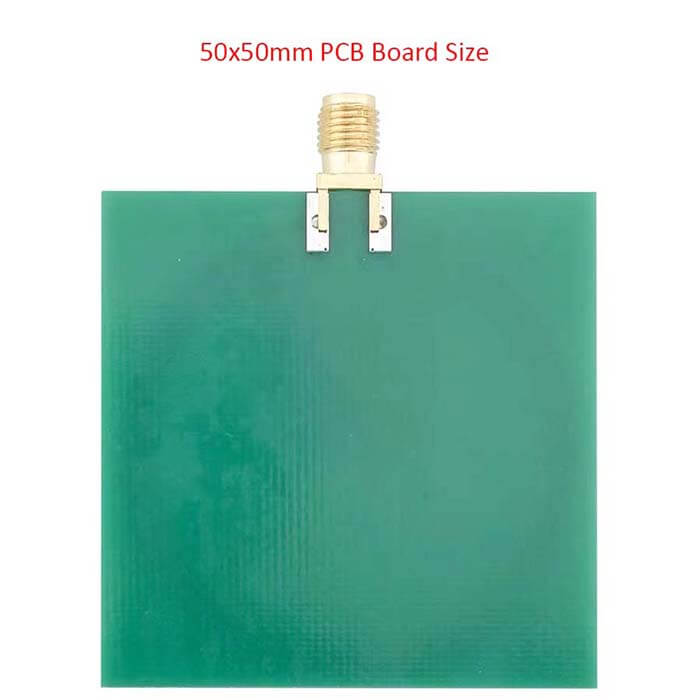
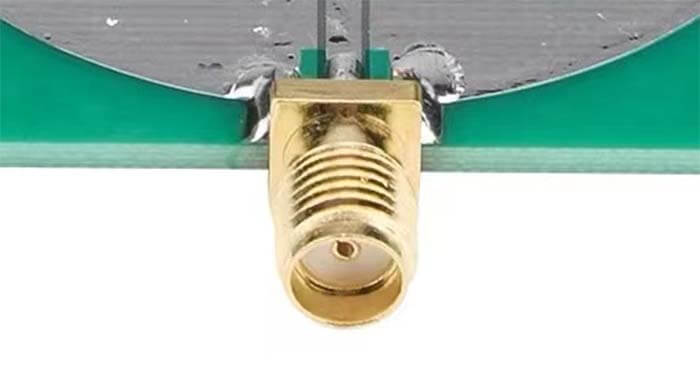

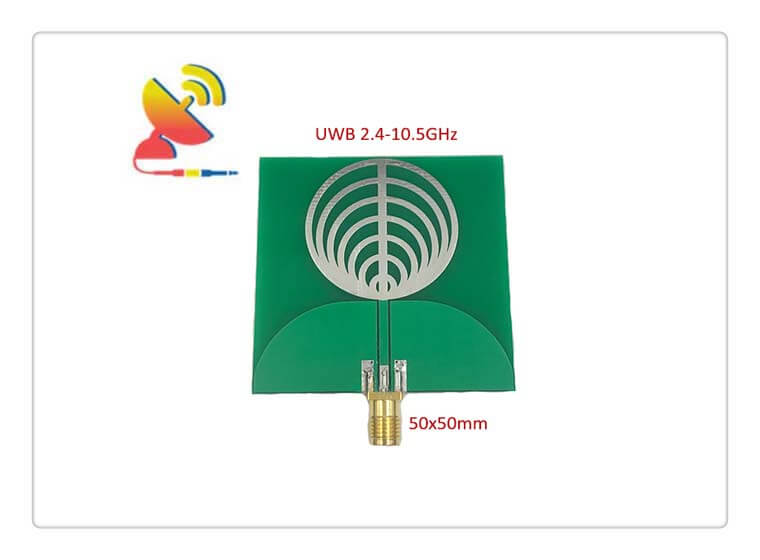
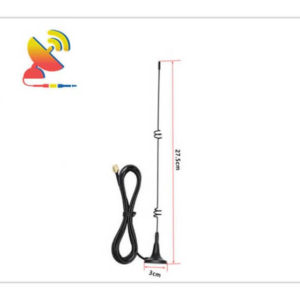
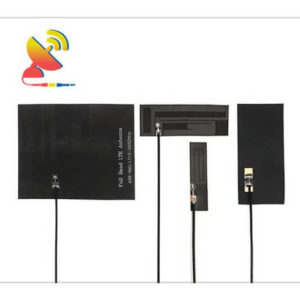
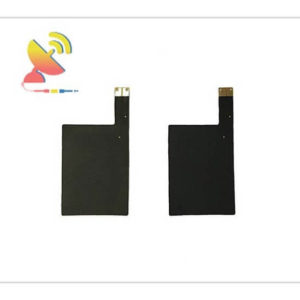
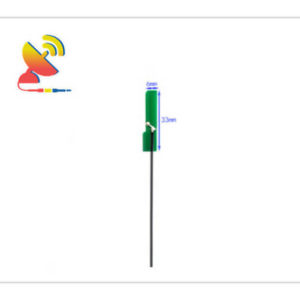
Reviews
There are no reviews yet.